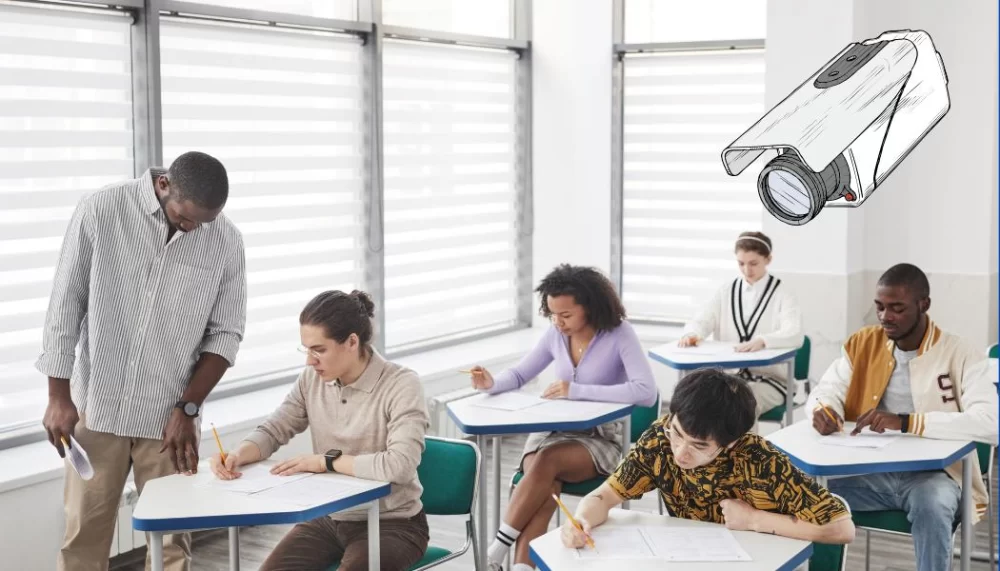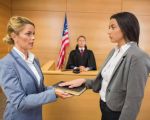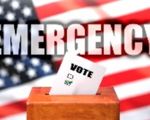
- 1-Overview-of-Student-Surveillance-Software
- 2-Privacy-Concerns-and-Legal-Frameworks
- 3-Key-Legal-Challenges-Facing-Schools
- 4-Real-World-Cases-and-Implications
- 5-Best-Practices-for-Compliance
- 6-How-ESPLawyers-Can-Assist
1. Overview of Student Surveillance Software
Student surveillance software is increasingly used by educational institutions to monitor student activity, ensure academic integrity, and maintain safety during online learning. These tools often include screen monitoring, webcam activation, keystroke logging, and behavior analytics.
While they offer benefits like preventing cheating and identifying at-risk students, they raise significant concerns regarding student privacy and consent.
1.1 Popular Features and Uses
Common features include automated proctoring during exams, activity tracking on school devices, and alerts for suspicious behavior.
2. Privacy Concerns and Legal Frameworks
Surveillance software can conflict with privacy laws such as the Family Educational Rights and Privacy Act (FERPA) in the US, the General Data Protection Regulation (GDPR) in Europe, and various state-level regulations.
These laws regulate how student data can be collected, stored, and shared, emphasizing transparency and consent.
2.1 Balancing Security and Privacy
Schools must balance the need to uphold academic standards with respecting students’ rights, a challenge complicated by evolving technology.
3. Key Legal Challenges Facing Schools
Educational institutions face lawsuits and regulatory scrutiny over inadequate disclosure, overreaching surveillance, and potential breaches of sensitive student information.
3.1 Consent and Notification Issues
Failure to obtain proper consent or notify students and parents about surveillance practices can lead to legal consequences.
3.2 Data Security Risks
Schools are legally responsible for protecting student data against unauthorized access, a significant concern with extensive surveillance data.
4. Real-World Cases and Implications
Several recent cases have highlighted the controversy surrounding student surveillance software. For example, a district faced backlash and legal action after a proctoring system captured students’ private home environments without adequate safeguards.
Such incidents underline the importance of transparent policies and robust privacy protections.
5. Best Practices for Compliance
Schools should implement clear, accessible privacy policies, obtain informed consent, limit data collection to necessary information, and regularly audit software for compliance.
Engaging with legal experts and technology providers ensures practices align with current regulations and ethical standards.
6. How ESPLawyers Can Assist
ESPLawyers provides specialized legal counsel to educational institutions on navigating the complex landscape of student surveillance software and related legal challenges. Their expertise includes drafting compliant policies, managing data privacy risks, and defending institutions against litigation.
Partnering with ESPLawyers helps schools maintain the delicate balance between security and privacy, protecting both students and the institution.
6.1 Why Choose ESPLawyers
With deep knowledge of education law and technology regulation, ESPLawyers delivers tailored solutions to keep your institution compliant and secure.
6.2 Taking Action
Contact ESPLawyers to review your surveillance policies and implement best practices that minimize legal exposure while supporting academic integrity.








